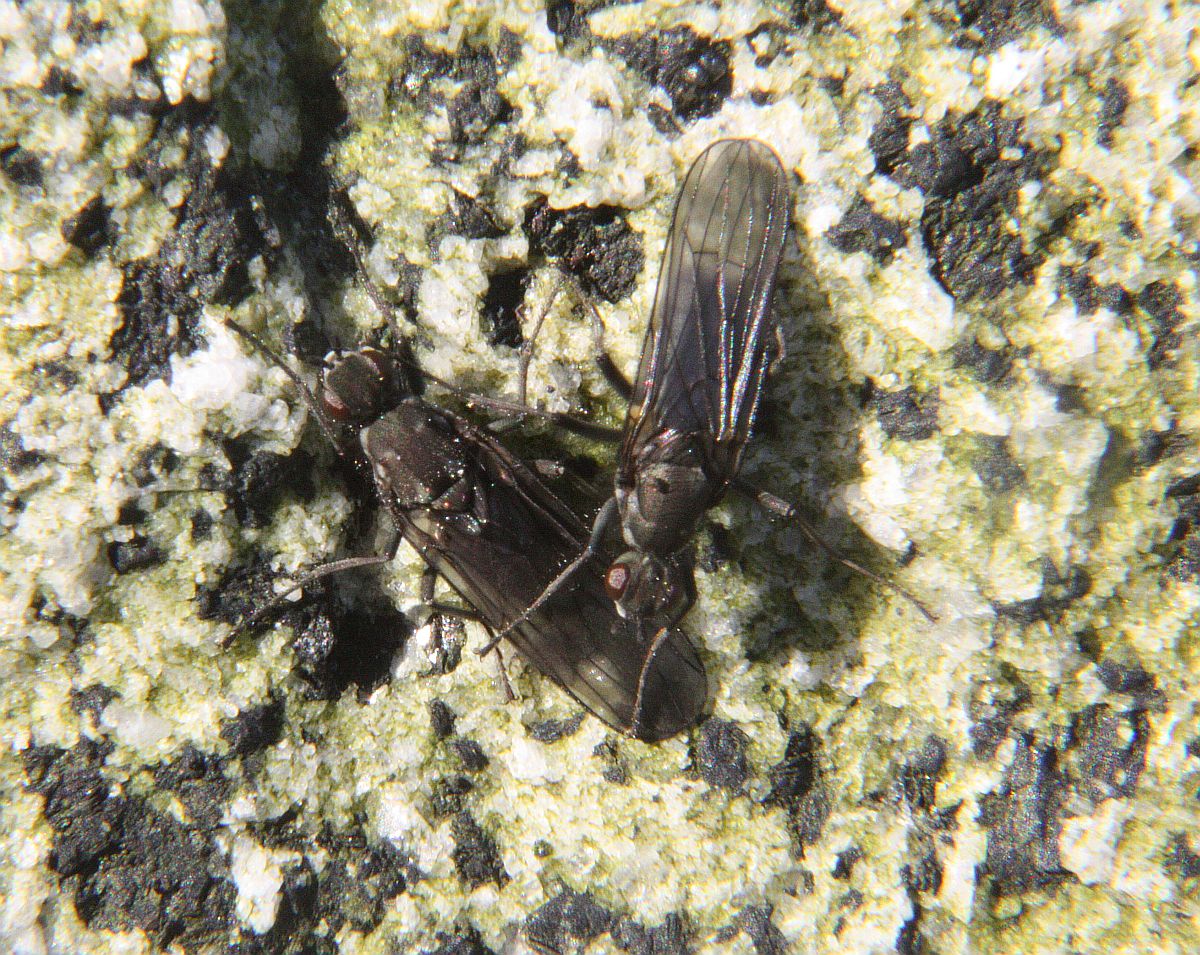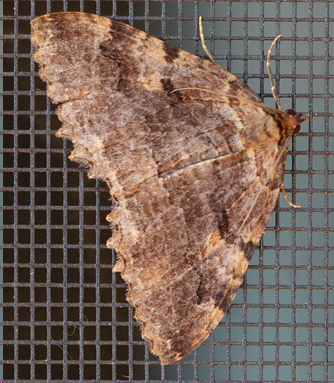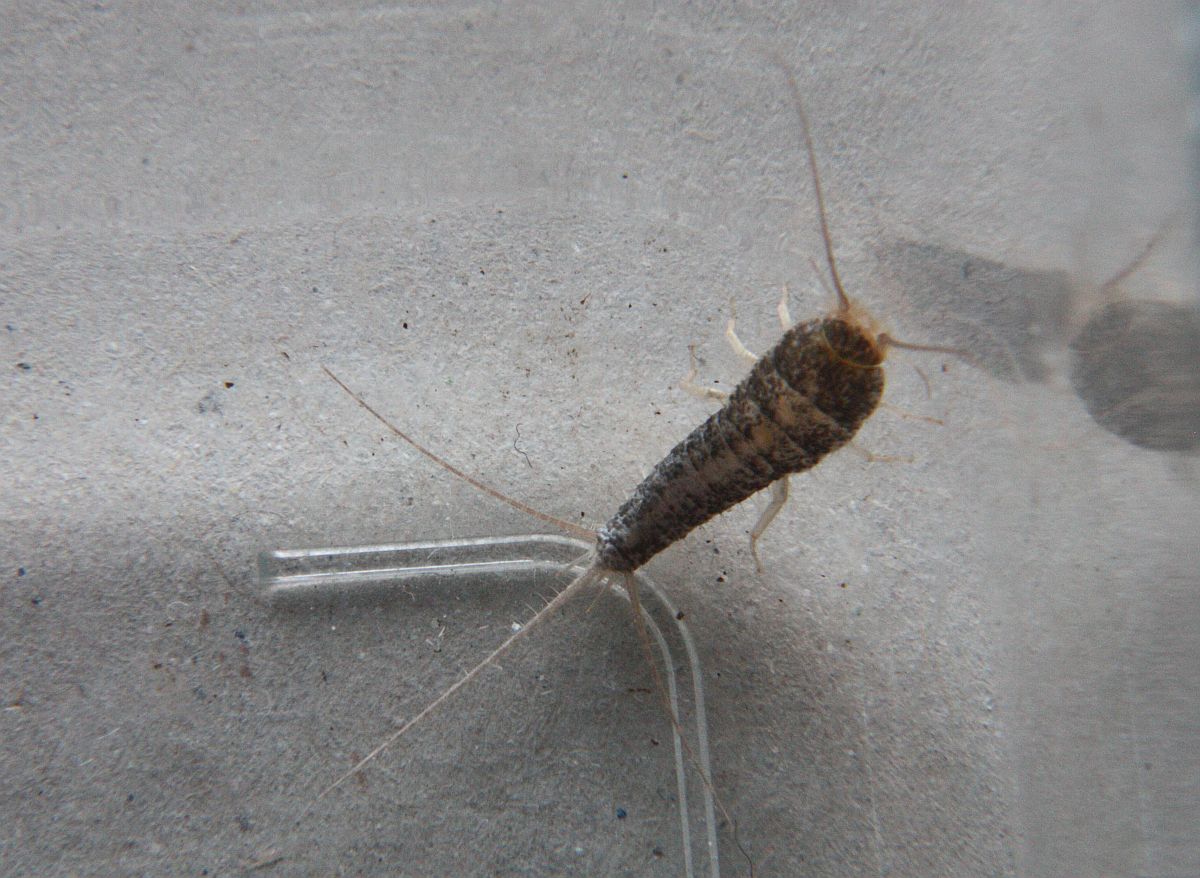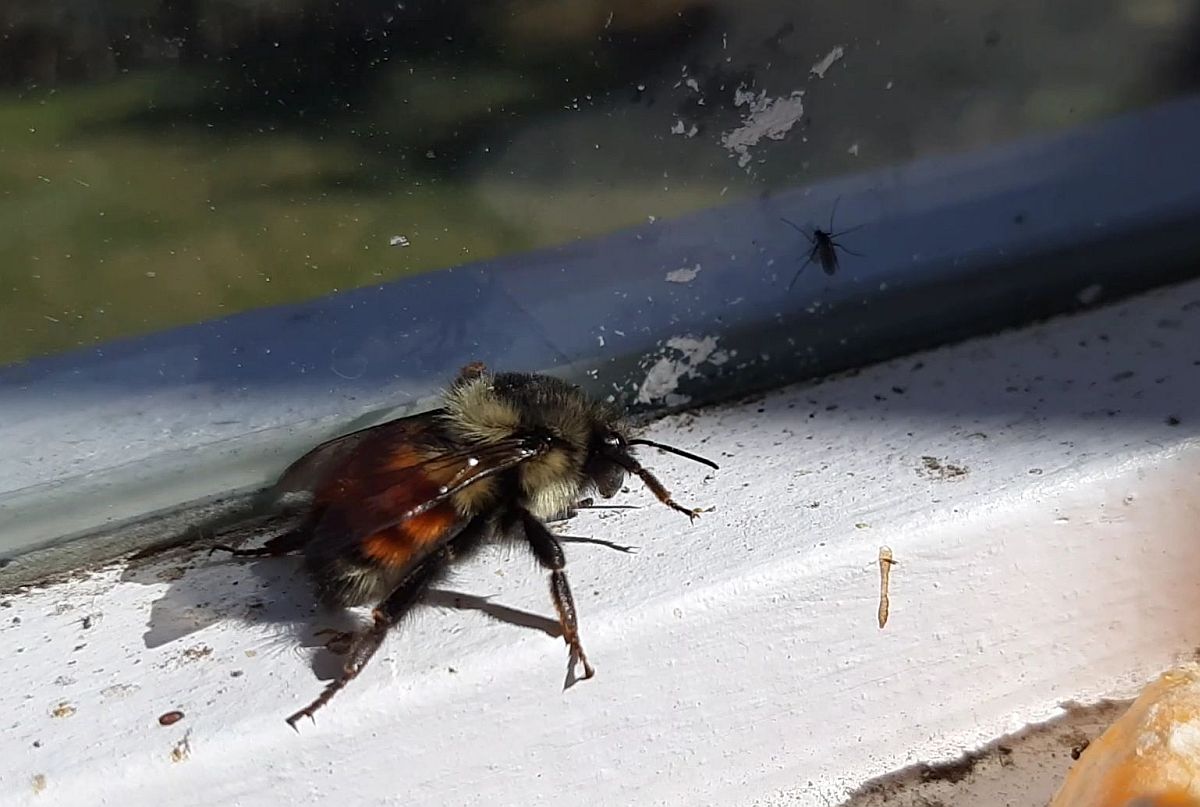2019 March 17
Butterfly! Jochen Möhr writes: I just wanted to report the first sighting of a Cabbage White in Metchosin (William Head Road/Lombard Road area) on Friday afternoon, March 15.
But then I came across these news items, which might interest you and your readers as well:
https://www.dailykos.com/stories/2019/3/13/1841876/-Enormous-Painted-Lady-Migration-in-California
I find particularly the video, the second one, impressive.
Jeremy Tatum writes: I couldn’t find a butterfly today, so I was reduced to photographing a pair of kelp flies on Mount Douglas Beach instead.


Kelp flies (Dip.: Coelopidae) Jeremy Tatum




